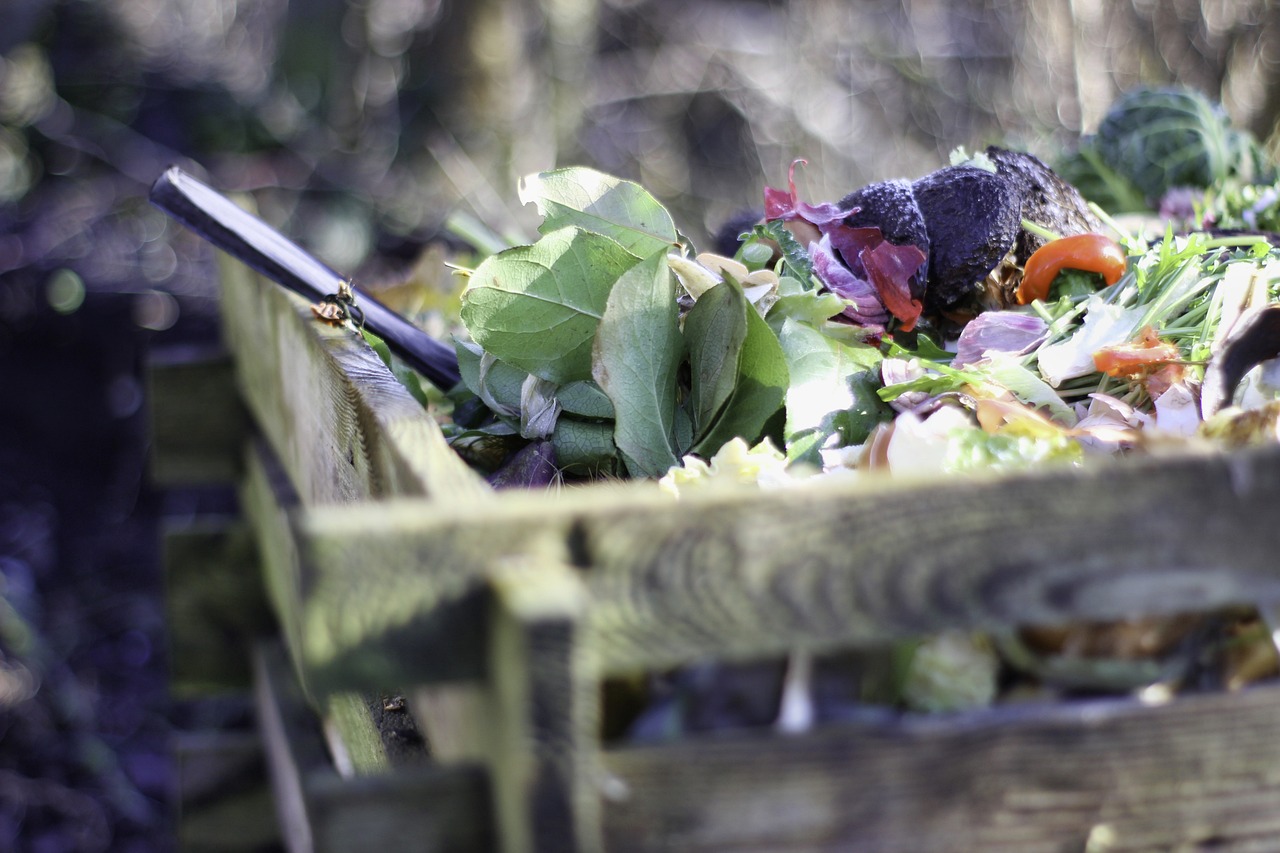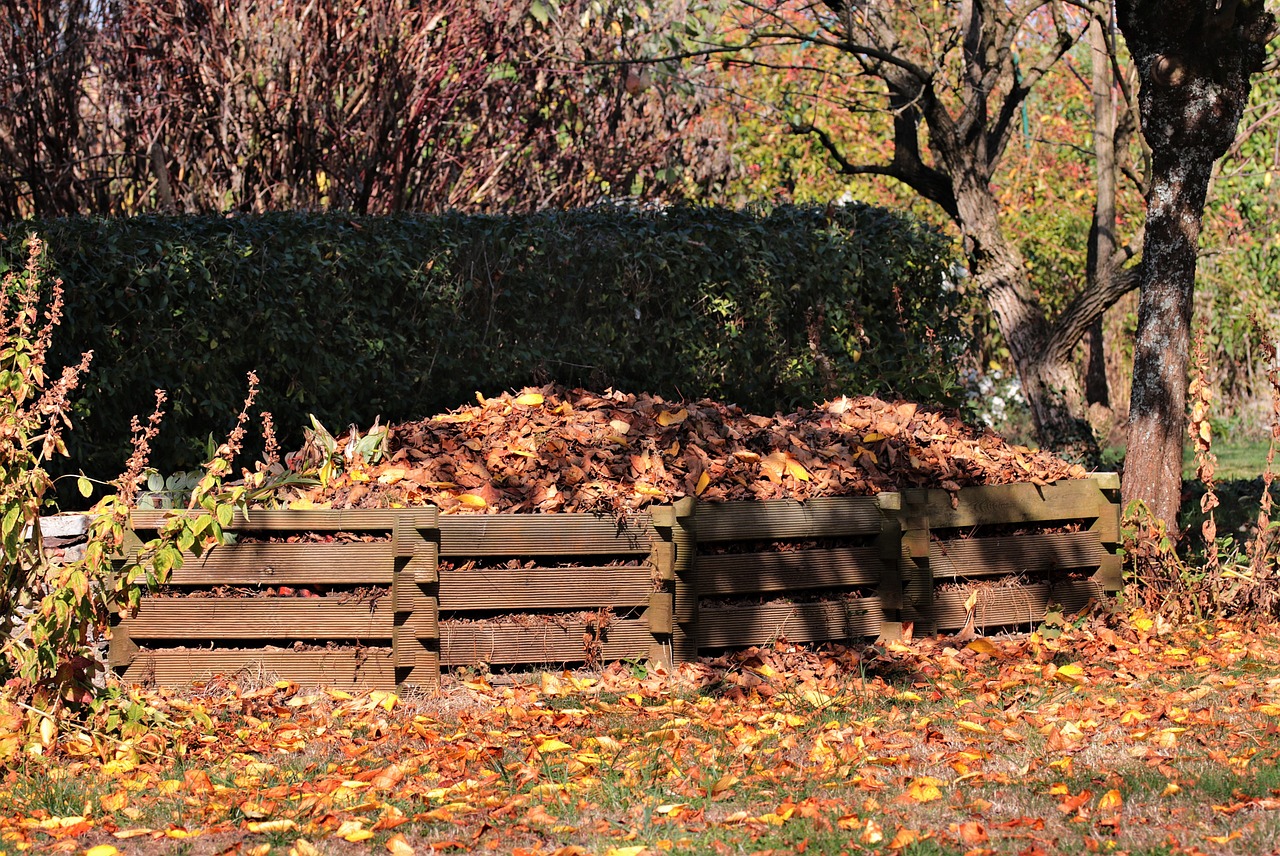Sure, let’s dive into the intriguing realm of composting and find out together whether we can toss those hearty avocado pits into our compost pile. In our article “Can I Compost Avocado Pits?”, we explore the specifics of avocado pits in the composting process. We walk you through the challenges and unique considerations involved, as well as share some handy tips on how we can speed up their decomposition. So, let’s embark on this green journey and uncover whether avocado pits can find a new life in our compost bins! Have you ever found yourself wondering, “Can I compost avocado pits?” If you love avocados as much as we do, this question likely comes up frequently. After all, avocados are a staple in many kitchens, gracing our toast, salads, and even smoothies. But once we’re done enjoying that creamy goodness, we’re left with the sizable pit, and it seems a shame to just toss it into the trash. So, can these hardy pits find a new life in our compost piles? Let’s dive into the details together!
What is Composting?
Before we address the avocado pit quandary, let’s talk a bit about composting in general. Composting is the natural process of recycling organic matter, such as leaves and food scraps, into valuable fertilizer that can enrich soil and plants. When we compost, we contribute to reducing waste, decreasing methane emissions in landfills, and generating nutrient-rich amendments for our gardens.
The Basics of Composting
There are several essential elements you need to understand when it comes to composting:
- Organic Waste: This includes carbon-rich materials (browns) like leaves and newspaper and nitrogen-rich materials (greens) like fruit and vegetable scraps.
- Microorganisms: These help break down the organic matter.
- Oxygen: Aeration helps microorganisms do their job efficiently.
- Moisture: Proper moisture levels are critical for microbial activity.
Why Compost?
When we compost, we’re not just reducing waste; we’re actively helping the environment. Compost enriches soil, reduces the need for chemical fertilizers, promotes the production of beneficial bacteria and fungi, and reduces methane emissions from landfills.
The Challenges of Composting Avocado Pits
Why Avocado Pits are Tricky
Avocado pits are notably hard and dense, making them a bit of a conundrum for traditional composting. Unlike softer food scraps, they don’t break down easily, requiring more time and additional effort.
Decomposition Timeline
In a standard compost pile, avocado pits might take years to decompose. Such a long timeline can hinder the composting process, especially if we’re looking for a quicker turnaround to enrich our gardens.

Methods to Compost Avocado Pits
Despite the challenges, composting avocado pits is not entirely impossible. We can employ several methods to introduce these densely packed nutrients into our compost piles.
Chopping or Grinding
One effective way to speed up the decomposition process is to break the avocado pits into smaller pieces. By chopping, crushing, or grinding the pits, we increase the surface area exposed to microbial action, hastening their breakdown.
| Method | Tools Needed | Time Required |
|---|---|---|
| Chopping | Heavy-duty knife, cutting board | 5-10 minutes |
| Grinding | Mortar and pestle, food processor | 10-15 minutes |
| Crushing | Hammer, sturdy bag | 5-10 minutes |
Bokashi Composting
Bokashi composting is an anaerobic (oxygen-free) composting method that uses specific strains of bacteria to ferment kitchen waste, including avocado pits. This method can effectively tackle the hardiness of the pits.
Vermicomposting
If we’re into vermiculture, we might introduce avocado pits into our worm bins in small, manageable pieces. Red wiggler worms can help process even tough materials over time, albeit much slower than softer wastes.
How to Incorporate Avocado Pits into Traditional Compost Piles
Step-by-Step Guide
- Prepare the Pits: Start by breaking the pits into smaller pieces.
- Layering: Create layers within your compost pile, integrating chopped avocado pits with a mix of other greens and browns.
- Maintain Balance: Keep a balanced ratio of green and brown materials to maintain microbial activity.
- Aeration: Regularly turn the pile to ensure proper aeration.
- Moisture Check: Maintain adequate moisture levels to aid decomposition.
Tips for Success
- Combine with Soft Organic Matter: Mix the pit pieces with softer organic scraps to create a microenvironment conducive to breakdown.
- Patience is Key: Be prepared for a longer decomposition timeline. Keep an eye on the progress over the months.

Environmental Impact of Composting Avocado Pits
Waste Reduction
By composting avocado pits, we contribute to significantly reducing kitchen waste. This practice not only curbs landfill waste but also helps in repurposing potentially toxic materials like pesticides often found on avocado skins.
Sustainability
When we incorporate tough organic materials like avocado pits into our compost, we embody sustainable living practices. Every small step contributes to a larger environmental impact, fostering a cycle of reduce, reuse, and recycle.
Alternative Uses for Avocado Pits
If composting avocado pits seems too cumbersome, don’t worry; there are other creative ways to reuse these nutrient-packed seeds.
Natural Dyes
Avocado pits can be boiled down to create a natural dye, producing a beautiful range of pinks and soft reds. This eco-friendly dye can be used for fabrics, yarns, and even Easter eggs.
Health Benefits
Research suggests that avocado pits are rich in antioxidants and fiber. Some people grind them into smoothies or teas, although we recommend doing thorough research or consulting a health professional before ingesting them.
Crafts and Jewelry
Artists and crafters have found ingenious ways to turn avocado pits into beautiful, carved pieces of jewelry, adding an eco-friendly touch to their creations.
Gardening
We can also use the pits to grow new avocado plants. While it might take time and space, it’s a rewarding project with a lush, green outcome.

Conclusion
So, can we compost avocado pits? The answer is a resounding yes—with some effort and patience. By incorporating methods like chopping, grinding, bokashi, and vermicomposting, we can indeed give new life to those hardy seeds. Not only does this practice contribute to our composting efforts, but it also furthers our commitment to sustainable living and environmental stewardship.
Whether we choose to compost, craft, or even consume them, avocado pits offer a wealth of potential just waiting to be tapped into. Next time you savor an avocado, think twice before discarding that pit; it might just be the secret ingredient your garden—and the planet—needs.



